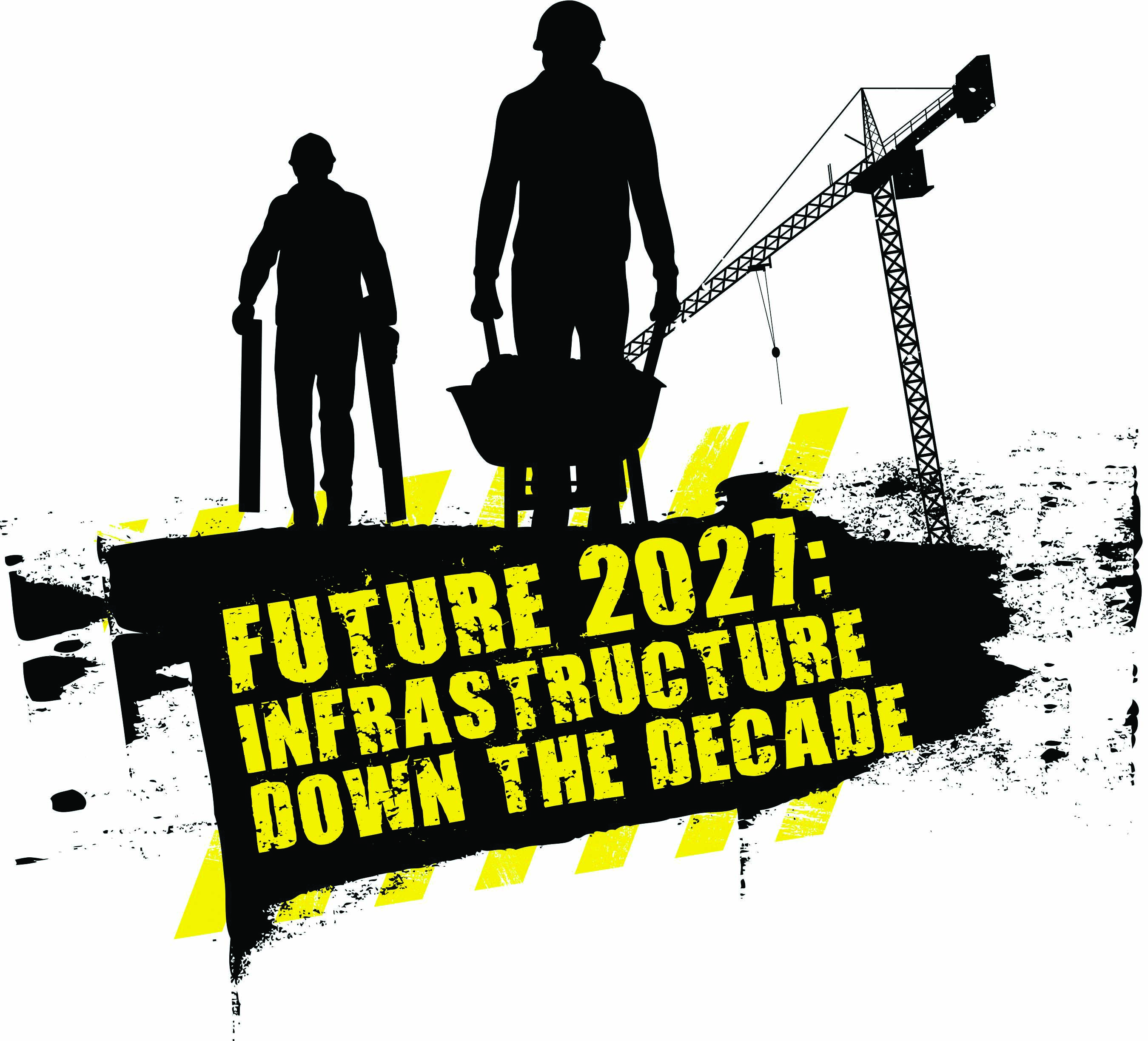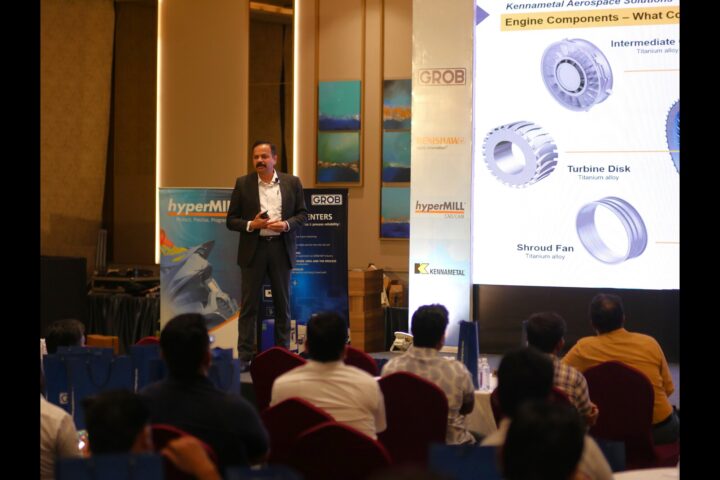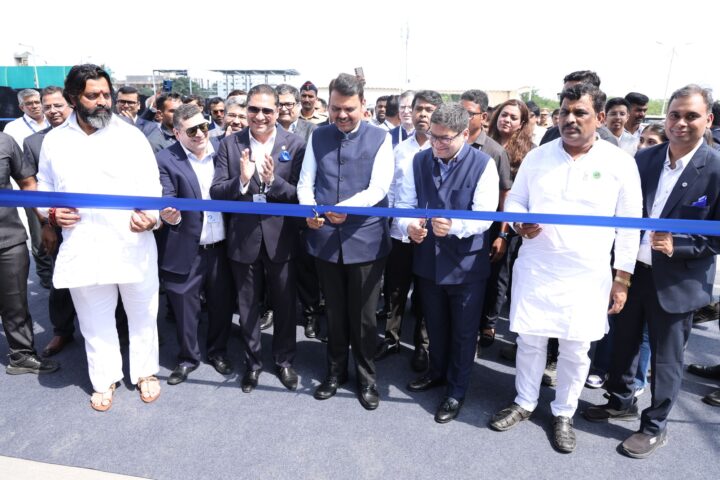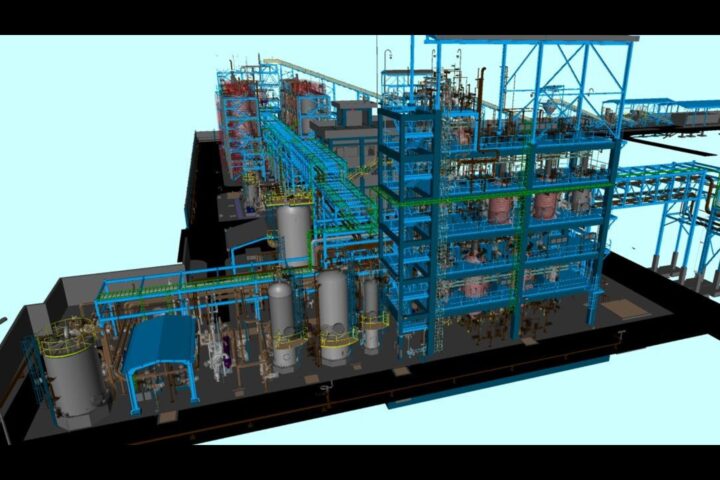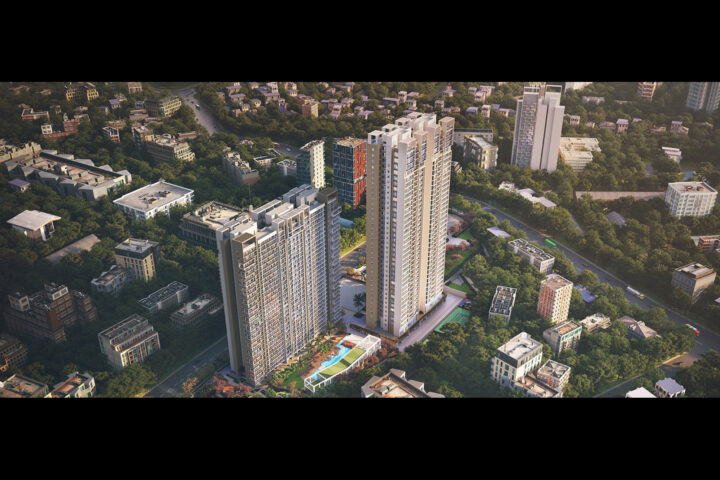The stage is set to script a revival of India’s economic growth with a slew of reforms and policy measures looking to push the pace of development north. EPC World seeks the opinions of the various players of the industry to put together their views on the shape of infrastructure in the country ten years from now.
In a major fillip to the infrastructure sector in the country, year 2017 has seen the sector getting the much-needed lease of life. With an array of reforms and budgetary allocations, the year promises to script a growth story in the core and allied infra arms of the country. Budget 2017, with a lion’s share of allocations, has reiterated that infrastructure development is the core priority of the government.
According to the recent BMI Research report, industrialization and urbanization trends are making India’s infrastructure deficit more apparent and increasing demand for investment in roads, railways, ports, and power transmission and water utilities. “India’s infrastructure market is the third-largest in Asia, and is forecast to overtake Japan’s in nominal value terms by 2023,” says the report.
An outlay of Rs. 3,96,135 crore was set aside for the infrastructure sector, an increase of ten per cent over 2016, to spur economic activity and also lead to the creation of jobs. “The union budget allocated around Rs. 5.1 trillion out of which Rs. 2.4 trillion was allocated for roads and railways alone. This alone reiterates the fact that the government is focused on integrated development especially in terms of enhancing connectivity in the country. In fact, projects such as Sagarmala, Bharatmala are carved out to take the infrastructure in the country to next level. All these projects are in the initial phase of implementation and will be actually implemented in the next 5-10 year period. These initiatives have been backed by strong policy framework including the National Civil Aviation Policy, Major Ports Authorities Act, and introduction of HAM and ToT models in implementation of road projects to name a few,” says Jagannarayan Padmanabhan, Director, CRISIL Infrastructure Advisory (Read Interview).
And the efforts starting to bear fruit with future estimates indicating the growth of the Indian economy touching 7.5 per cent in 2018 according to a report by the UN Economic and Social Commission for Asia and the Pacific (ESCAP). The “underpinned by higher private and public consumption and increased infrastructure spending,” is the primary cause of this jump from the 2017 economic growth rate projected at 7.1 per cent.
The other estimates indicate that India is projected to grow at 7.2 per cent in the fiscal 2017-18 and at 7.7 per cent for the next financial year, as per the International Monetary Fund (IMF). The Asian Development Bank anticipates the number touching 7.4 per cent in 2017-18 and 7.6 per cent in the following year.
“There is significant interest been shown in India from international investors in the infrastructure space. Many foreign companies are keen on collaborating with India on infrastructure, high-speed trains, renewable energy and developing smart cities. This will further help us deliver more projects of global standards.
The $ 25 trillion spend target for infrastructure sector over the next couple of years is expected to catapult India into a completely new league. Enhanced infrastructure leads to increased trade and growth that in turn will lead to requirement of advanced infrastructure and the cycle continues,” shares Ajit Venkataraman, MD, APM Terminals India Pvt Ltd.
The missing links
Infrastructure growth story has been long in the making with years of efforts being put to speed up the growth numbers. So what went missing before? “What held India back over the past few decades is the lack of policy thrust. For instance housing was a target sector but decisive policies like the Pradhan Mantri Awas Yojana with a focus on results was missing. There have been earlier avatars such as Rajiv Awas Yojana, Indira Awas Yojana and the Jawaharlal Nehru National Urban Renewal Mission. However, despite fund allocations, the process never got the momentum that would ensure its success. India has always faltered on implementation of policy,” says E. Jayashree Kurup, Head – Content and Advisory, Magicbricks.com. However, this renewed thrust of the government with a clear focus and measures to back that focus is bound to yield the growth numbers.
“The current policy reforms are in a direction which will boost the sector, but the job is just half complete. The government has rebooted the sector and has set the wheels in motion again, but constant monitoring of the sector is needed to sustain this momentum. The land acquisition bill, GST, revitalizing PPP in Infrastructure will go a long way in ensuring that this sector continues to grow.
From a budgetary allocation, the government has ensured that Infrastructure continues to get the top priority in its first three years of operation. This push should continue, irrespective of the usual trend of political parties resorting to socialistic measures towards a term end,” says Mahesh Madhavan, Head (Construction & Infrastructure Practice), Feedback Consulting. (Read Interview). With the special focus on the infrastructure sector to spur economic activity, stability and credibility will find its way in the sector spurring on growth and development.
Building the momentum
A slew of initiatives and ambitious programmes have helped the infrastructure sector gain momentum and aim at a comprehensive development. Make in India, Smart Cities, Digital India, Skill India and the efforts of the Project Monitoring Group have pushed the “The ‘Make in India’ programme of the government is one of the most ambitious initiatives that has been announced in recent times. The objective of positioning India as a manufacturing hub, by encouraging both multinational as well as domestic companies to manufacture their products within the country will give a boost to the overall Infrastructure sector. Other initiatives such as Digital India, Smart Cities, and Single Window Clearance etc. are giving a much-needed push to the infrastructure industry, which in turn will drive growth for sectors like Earthmoving and Construction Equipment industry, says Jasmeet Singh, Head – Corporate Communications and External Relations, JCB India Limited.
The big push also came in the form of the affordable housing sector being accorded the infrastructure status. IT opened up avenues for the industry players to avail a number of tax benefits. “The critical importance of affordable homes is doubtlessly an immutable truth in any country and its economy. In India, affordable housing has definitely played this role and will continue to do so. However, there has in the past also been a more sordid side to the story. While there were also reputed national players active in this segment, affordable housing in India has historically been the playing ground of smaller, non-established developers who did not follow any particular rule book,” says Anuj Puri, Chairman – JLLR (JLL Residential). However, with the arrival of RERA, such modus operandi is bound to get curbed and allow only strong and serious players in the segment to stand and deliver.
With the much-awaited regulation coming in place, industry players and the consumers are hoping for more efficient performance of the sector, further boosting to the infrastructure growth of the country. “With RERA now having come into play, the real estate sector will get more organized. There will be a change in how builders conduct their business, with planning and ring fencing of financing now operative factors. Landlords and landowners will prefer to partners with experienced players, which will automatically segregate reliable developers and corporates from unreliable players. Overall, we can expect industry consolidation and more sanity prevailing on all fronts,” says Shubhranshu Pani, Managing Director – Strategic Consulting, JLL India.
Various incentives have been rolled out by the Government to boost affordable housing including being a favoured segment under its Housing for All by 2022 initiative. “This led to affordable housing graduating from being the poor second cousin of Indian real estate to a highly influential sector. The most recent Union Budget provided direct tax relaxation to the lowest income earners, along with much-needed clarity on the designated beneficiaries under the Pradhan Mantri Awas Yojana (PMAY). Going by its existing track record, the current Government is definitely capable of making the required push – and with Government-held land being matter of public record, of deploying the necessary land resources. The demonetization move and rolling out of RERA and GST are ready examples of a degree of political will which has, in many respects, not been evidenced in India before,” adds Puri.
The other partner segments including energy are looking for big-ticket reforms and implementation. As reported in our previous issues, outlay for rural electrification schemes got an increase by 35 per cent to ` 106 billion in the budget that is likely to increase rural power demand and lower distribution losses, benefitting the power generation segment.
For renewable energy, budgetary allocation was increased by 26 per cent to Rs. 55 billion. Allocations under the modified special incentive package scheme and electronic development fund have risen to Rs. 8 billion from Rs. 0.5 billion. Also, 7,000 railway stations would have solar power energizing them, opening up the expanse of the solar sector.
However, mere monetary push may not be the solution to push the growth in the energy sector. “Restoration of the demand is the first step towards that and introduction of electric vehicle can boost the electricity demand of the country significantly. Higher demand of electricity will result into better utilization of the existing assets and intern will boost the confidence of investor community. The sector is long asking for a comprehensive policy for the Hydro Power Sector. Also, the government needs to come up with suitable policy, schemes and incentives to boost domestic solar panel and module manufacturing and also a forward looking policy to promote manufacturing of storage solutions in the country,” says Rudranil Roysharma, GM & Head – Power and Oil & Gas Practice, Feedback Business consulting Services Pvt. Ltd.
Giving ample support on pushing the economic growth has been the Indian logistics sector. It is slated to play a significant role as the country currently stands on a path of a phenomenal growth trajectory with its economy well poised to become one of the leading economies of the world. As per CII Institute of logistics, the logistics sector is poised to be in the excess of US$ 200Bn by 2020.
Languishing in the competitive environment is the railways sector that is looking for a complete makeover. This highly subsidized sector needs a complete overhaul in the way it functions, its revenue streams and the way it invests in infrastructure up gradation. “With Indian Railways (IR) targeting Rs. 856,000 crore investments over the next five years, IR is set for a structural change. While High Speed Trains, Metros and Redevelopment of stations will change the travelling experience in coming days, Dedicated Freight corridors (DFC) will revitalize the transportation system in the country. DFC has the potential to reduce 10 per cent of India’s logistics cost. A large part of investment is also going into the Metro projects. There are ongoing Metro projects worth Rs. 92,400 crore and with Rs. 310,000 crore expected up to FY’19. There is a huge opportunity in the segment like Electrification, Civil, Signaling, and Wagons etc,” says Madhavan.
And it is the citizen that is driving the need and the pace of development in the coming times. “All said and done these initiatives are actually much needed considering the scale of urbanization which our country is actually going to see over the next decade. The core of the smart city challenge is the citizen. Hence most of the projects have been identified basis citizen participation as they have contributed in identifying their needs. All of these projects are aimed at raising the quality of life of the citizens and hence making the urban centres more livable. In the coming decade we’ll see major reform taking place in the way our city is managed and how the funds are utilized and redeployed towards development of infrastructure,” says Mehrotra.
While the nation and the industry try to pace up the economic growth, actual on-ground implementation of policies is the only way out for the success rate to catapult higher. The logjam has to broken and more focus to be kept on execution of measures. The decade to come has all the elements set to enable a brighter tomorrow with infrastructure binding and pushing the country to competitive heights.


